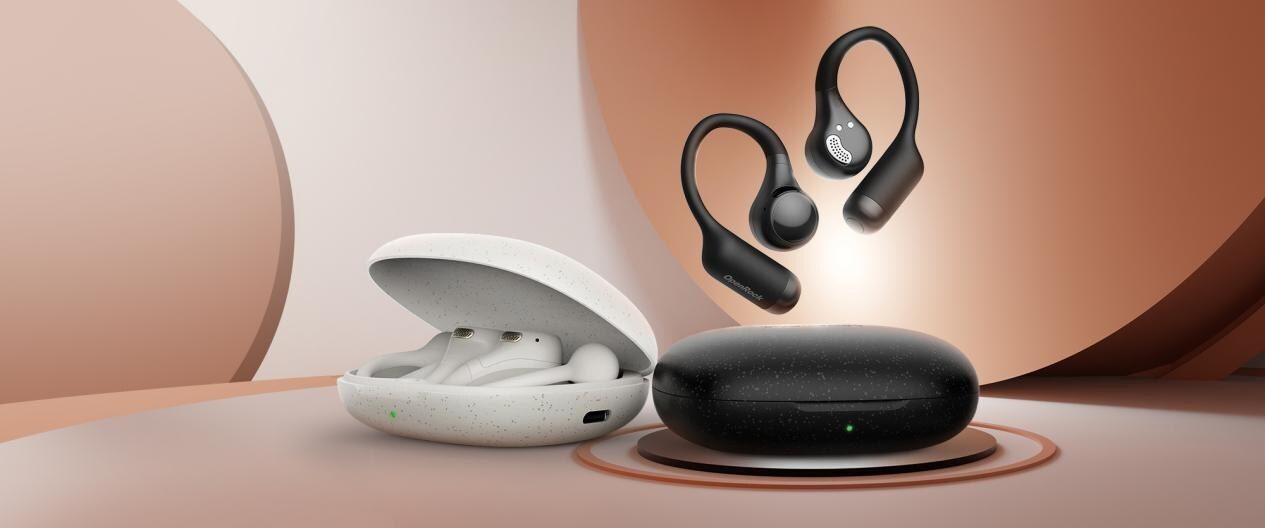Although you may be an avid recycler, there are still many aspects of your life that will leave a carbon footprint and some of the biggest energy users in any building are the heating and cooling systems. Keeping a building at a comfortable temperature is difficult and doing so can eat up a large amount of electricity. In fact, according to the U.S. Energy Information Administration, in 2019 the residential sector used 226 billion kWh for cooling. That roughly equates to 16% of total residential sector electricity consumption and 6% of total U.S. electricity consumption. Luckily, as innovation progresses, we’re beginning to see the development of alternative sustainable heating and cooling options.

Geothermal
One method that can be used for both sustainable heating and cooling is a geothermal system. This system utilizes the natural heat brewing beneath the earth’s crust where, only a few feet down, water will range between 42 and 80 degrees Fahrenheit. The system begins by installing heat pumps into the ground near a building. Then they will pump a liquid, typically water with refrigerant mixed in, through a pipe underground. From there, the system changes depending on the season. For example, in the winter the fluid will absorb the heat and pump it back into the building. Then, in the summer, the liquid will absorb the heat in the building and pump it outside leaving the building cooler.
Deep Water Cooling
Another method of eco-friendly cooling technology is Deep Water Cooling. This is the process by which water is extracted from the bottom of a lake or larger body of water where it would be at its coolest. This water can then be used in air conditioning systems to cool buildings, significantly reducing the amount of electricity needed as opposed to a standard air conditioning system.
One company that has begun to do this on a wider scale is Cadillac Fairview, a commercial real estate company in Canada that has been working to make its buildings more sustainable. They recently received a five-star rating in the Global Real Estate Sustainability Benchmark (GRESB), a rating that recognizes companies in the top 20% of the benchmark.

Solar Heating
This is likely one of the first things you think of when you think of sustainable heating, but it’s still an excellent source. There are two different types of solar heating systems: passive and active. A passive solar system will use a building’s windows, walls, floors, and roof to store heat energy. Then, when the temperature drops, the stored heat will radiate throughout the building. Then there are active systems such as one that uses a fluid to capture the sun’s heat. The liquid, which is a form of water or non-toxic glycol, will be heated by the sun and then moved throughout a building via a radiator, central forced air, or floor heating.
Biodiesel
Biodiesel is a biofuel that is produced naturally from what is called ‘energy crops’. These include plants such as corn, wheat, sugarcane, and soybeans. These sources of fuel are more sustainable as they not only come from renewable sources, but they also release fewer pollutants like carbon dioxide into the atmosphere. Previously this wasn’t seen as a viable alternative to oil due to the higher prices, but as oil becomes more expensive we may see biofuels used more often to heat buildings and homes.
Ice Air Conditioning
Could something as simple as ice be used as a replacement for your energy hog of an air conditioner? Ice-powered air conditioners work by freezing water overnight by circulating a refrigerant through a system of copper coils. The water will become frozen and be stored for the daytime. Then, as the temperature heats up, the ice (rather than the AC’s compressor) cools the hot refrigerant. According to How Stuff Works, this switch could cut energy use by roughly 30%.

Wind Power
We already know that wind turbines can be used to generate power, but you actually don’t need a huge turbine in order to generate sustainable heating and cooling for a home or building. In 2006, students at Oregon University proved that this could be done on a smaller scale by creating a pint-sized wind turbine water heater. The turbine can be bolted to the roof of a building or anywhere where there would be enough wind to keep it running. The device rotates a number of magnets attached to a metal plate. The magnets spin close to a copper plate and the resistance warms the copper while water is pumped through a coil of copper tubing. This allows heated water to be pumped through the home and used as a source of heat.
Learn more about the World of Innovation, and discover sustainable hotels around the world, how recycled art turns trash into treasure, and how to make your car eco-friendly.







